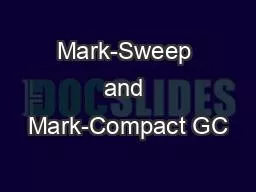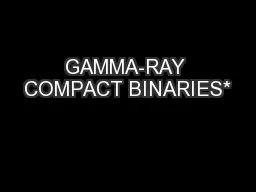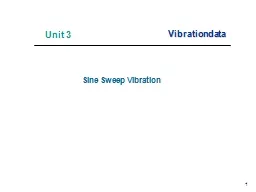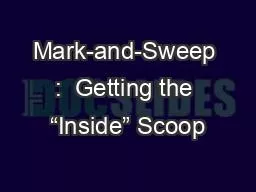PPT-Mark-Sweep and Mark-Compact GC
Author : elitered | Published Date : 2020-06-23
Richard Jones Anthony Hoskins Eliot Moss Presented by Pavel Brodsky 041114 Our topics today Two basic garbage collection paradigms MarkSweep GC MarkCompact GC
Presentation Embed Code
Download Presentation
Download Presentation The PPT/PDF document "Mark-Sweep and Mark-Compact GC" is the property of its rightful owner. Permission is granted to download and print the materials on this website for personal, non-commercial use only, and to display it on your personal computer provided you do not modify the materials and that you retain all copyright notices contained in the materials. By downloading content from our website, you accept the terms of this agreement.
Mark-Sweep and Mark-Compact GC: Transcript
Download Rules Of Document
"Mark-Sweep and Mark-Compact GC"The content belongs to its owner. You may download and print it for personal use, without modification, and keep all copyright notices. By downloading, you agree to these terms.
Related Documents














